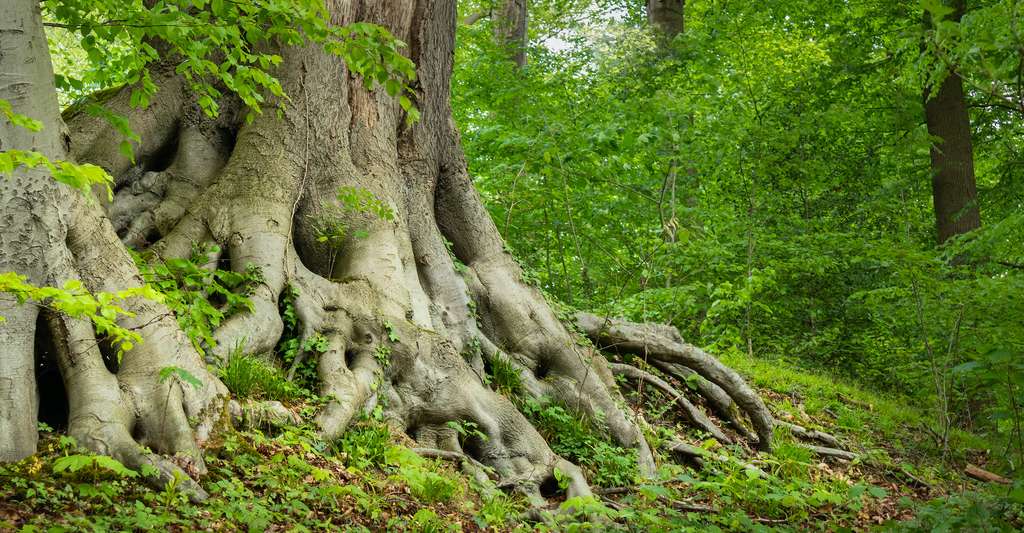We often talk about the impact of trees – and forests – on global warming. Less often the impact of global warming on trees – and forests. Today, a study reveals that environmental changes taking place all over the world are transforming our forests – and with them their ecosystems. Trees are today generally younger and smaller.
Increased temperatures and CO 2 levels in the atmosphere . Increase in the number of diseases, fires, droughts and storms . A study by researchers from the Pacific Northwest National Laboratory (United States) reveals that all these phenomena linked to the current global warming have led, over the past century, to a dramatic drop in the age and stature of the world’s forests .
“This trend is set to continue ,” said Nate McDowell in the press release. And a planet with fewer large and old forests will be very different from the one we are used to. Old-growth forests often harbor much more biodiversity than younger forests and store more carbon . ”
A combination of factors
Researchers explain that while higher levels of CO 2 in the atmosphere may suggest an increase in the growth rate of trees , most forests face nutrient and water limitations that prevent them from thriving. Rising temperatures limit photosynthesis , growth and regeneration of the forest while increasing tree mortality. Droughts can have a direct impact as much when indirect bring insect pests or other pathogens in forests.

Other studies have already shown that forest fires could be more and more frequent. And after a fire, the trees grow more slowly. Or don’t grow at all. What researchers call biotic deforestation is also increasing. In the tropics, for example, vines that use other plants as hosts literally smother the trees. Finally, of course, deforestation linked to human activities carries serious damage. Again, when trees are replanted on harvested land, they grow more difficult.